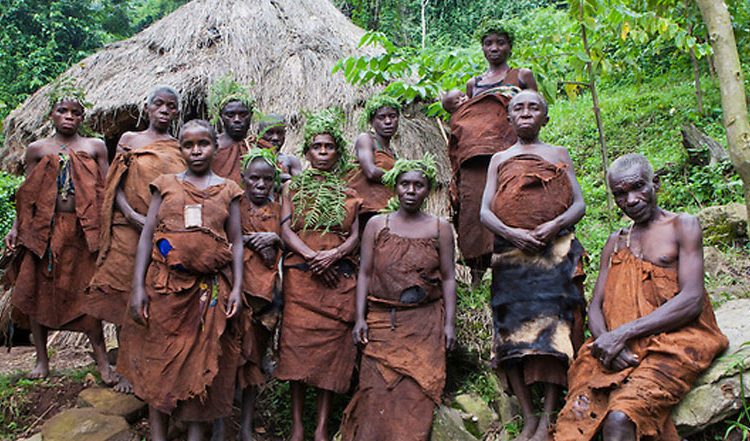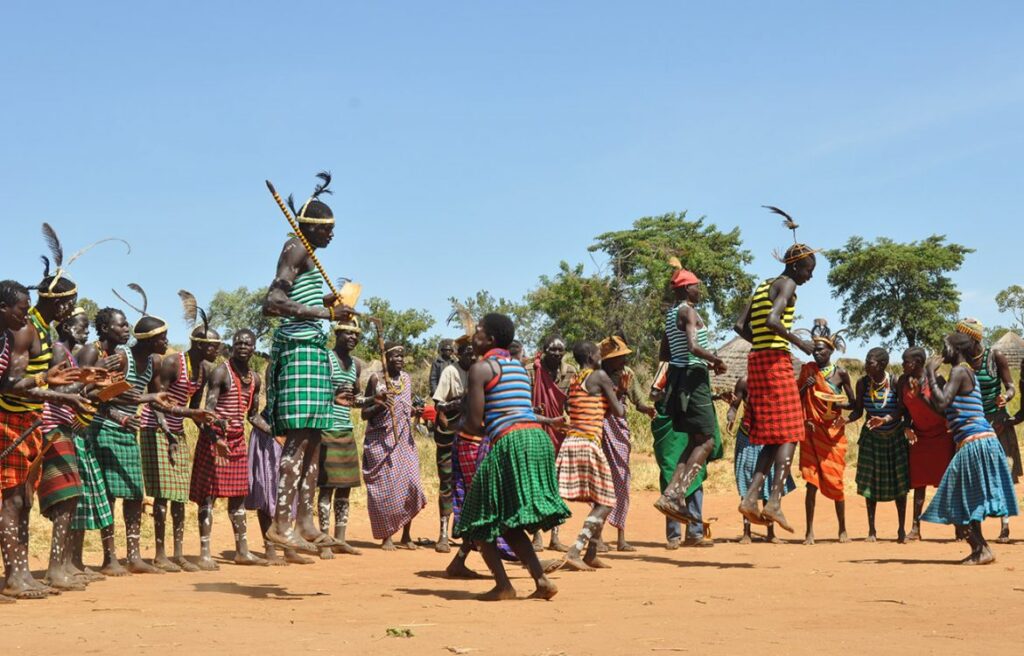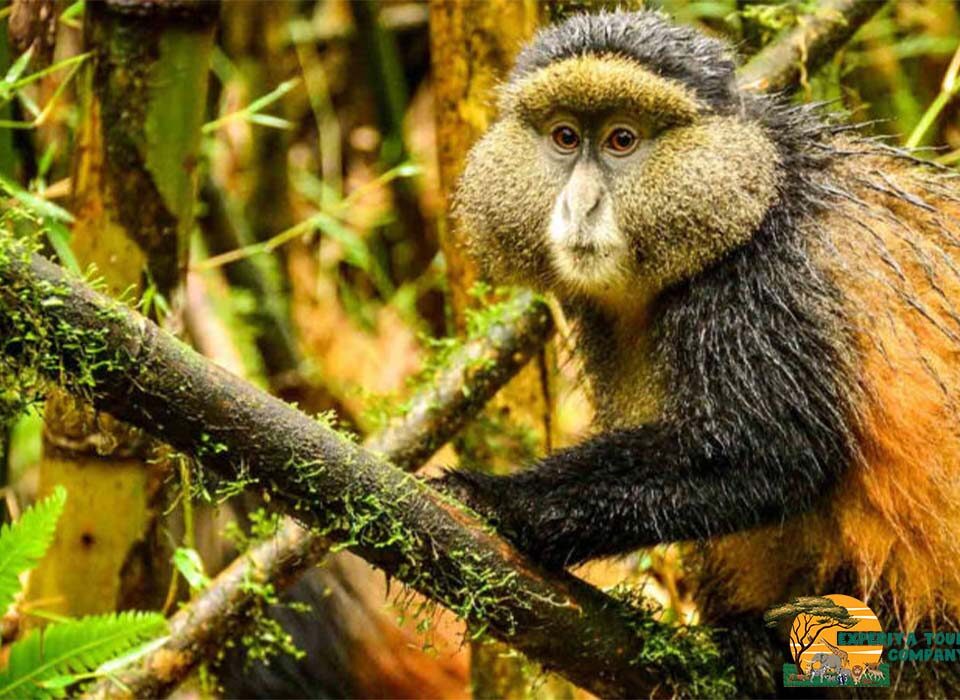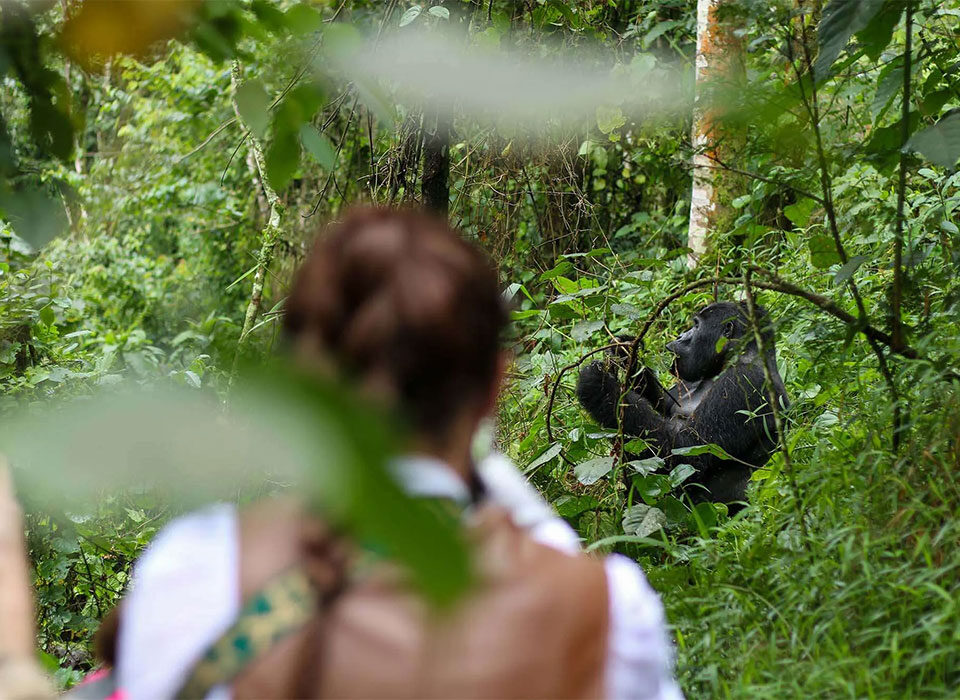Who Are the Batwa Pygmies and How to Visit Them in Uganda and Rwanda | Experiya Tour Company
October 29, 2025
Traditional Dances and Festivals in Uganda | Experiya Tour Company
October 29, 2025Top Cultural Experiences to Have in Uganda | Experiya Tour Company

What Cultural Experiences Can I Have in Uganda?
Uganda, the Pearl of Africa, is not only blessed with breathtaking landscapes and incredible wildlife but also with a vibrant mosaic of cultures that give the country its heartbeat. Beyond its iconic mountain gorillas, thundering waterfalls, and shimmering lakes lies a tapestry of traditions, languages, music, and art that make Uganda a truly soulful destination. With over 50 tribes, each with distinct customs, cuisines, and lifestyles, Uganda is a cultural kaleidoscope waiting to be explored. For travelers seeking to connect deeply with people, heritage, and rhythm, a cultural journey through Uganda offers experiences as enriching as they are unforgettable.
The Diversity of Uganda’s Cultural Fabric
Uganda’s cultural richness stems from its ethnic diversity. From the Baganda of central Uganda, the Banyankole of the west, the Acholi of the north, to the Basoga, Bakiga, and Iteso, each community preserves unique traditions passed down through generations. While English and Luganda serve as national languages, more than 40 local dialects are spoken across the country, reflecting the deep-rooted identity of each tribe.
Culture in Uganda is lived every day—in the music and dance that fills village squares, in the colorful fabrics draped across shoulders, in the flavors of matoke and luwombo served during gatherings, and in the hospitality that defines Ugandan life. Exploring these experiences allows visitors not only to see Uganda but to feel it.
Visiting the Buganda Kingdom – The Heart of Uganda’s Heritage
The Buganda Kingdom is Uganda’s largest and most influential traditional monarchy. A visit to the capital city, Kampala, provides a gateway to understanding its fascinating history and culture. Start with a tour of the Kabaka’s Palace (Lubiri) in Mengo, where the story of Buganda’s monarchs unfolds through time. The nearby Kasubi Tombs, a UNESCO World Heritage Site, are the burial grounds of Buganda’s kings and a spiritual center for the Baganda people. Built entirely from natural materials such as reeds, bark cloth, and thatch, the tombs are a masterpiece of traditional Ganda architecture and symbolism.
The Buganda Kingdom remains culturally alive today, with the Kabaka (King) still playing an important ceremonial role. Visitors are often drawn to royal events, colorful processions, and traditional music performances that showcase the strength of Ganda identity. Don’t miss a chance to witness the “Amaggunju” dance—performed during royal ceremonies to celebrate life and continuity.
The Ankole Culture – Pride of the Western Cattle Keepers
In southwestern Uganda, the rolling hills of Mbarara and Bushenyi are home to the Banyankole, known for their long-horned Ankole cattle. These majestic animals, with horns curving like ivory sculptures, are not just livestock—they are symbols of wealth, pride, and beauty. Visiting an Ankole homestead allows travelers to experience traditional cattle herding, milking ceremonies, and the preparation of “eshabwe,” a ghee-based delicacy reserved for special guests.
The Ankole people are also known for their respect for elders and the oral traditions that pass wisdom through storytelling. Sitting around a fire listening to tales of ancient kings and warriors while sipping fresh milk is a cultural immersion unlike any other. The experience is a window into a pastoral heritage that has survived centuries of change.
The Karamojong – Warriors of the Northeastern Plains
For travelers seeking an authentic tribal experience, a journey to the northeastern region of Karamoja is deeply rewarding. The Karamojong people are semi-nomadic cattle herders, culturally related to the Maasai of Kenya. Their villages, known as “manyattas,” are circular settlements made of thorny fences and huts that form tight-knit communities.

Visiting the Karamojong is like stepping into another world where traditions have remained largely intact. The men wear colorful shukas and adorn themselves with beads and spears, while the women wear intricate jewelry and dance with rhythmic grace during communal ceremonies. Guests can participate in daily activities such as milking, herding cattle, or joining evening dances where songs celebrate bravery and beauty.
Cultural visits to Karamoja are best arranged through community programs that ensure ethical and respectful engagement. Watching a Karamojong sunset over the savannah, with warriors silhouetted against the orange horizon, is one of the most timeless experiences you can have in Uganda.
The Batwa Pygmies – Keepers of the Ancient Forests
In the mist-covered highlands of southwestern Uganda near Bwindi and Mgahinga National Parks, the Batwa pygmies preserve one of the continent’s oldest surviving forest cultures. They were once the original inhabitants of these jungles, living as hunter-gatherers before being displaced by modern conservation efforts.
Today, through initiatives like the Batwa Trail and the Batwa Cultural Experience, visitors can learn about their ancestral traditions, including hunting techniques, herbal medicine, and spiritual rituals once performed deep in the forest. Their storytelling, music, and dance reveal a deep connection to nature and an unbreakable spirit of resilience.
Visiting the Batwa offers a rare glimpse into the ancient bond between humans and nature, and the proceeds from cultural tours support community development and education for Batwa families.
The Luo and Acholi Traditions – The Spirit of Northern Uganda
Northern Uganda is home to the Acholi, whose cultural traditions are as vibrant as their music. The Acholi are known for their graceful dances, such as the “Larakaraka,” which celebrates courtship and unity. Drumming and flute music accompany rhythmic steps that bring entire villages together.
Visitors to the region can attend cultural nights in Gulu or Lira, where Acholi cuisine like “malakwang” (a tangy green vegetable dish) and “boo” are served alongside storytelling sessions that share wisdom, humor, and folklore.
The Acholi also have deep spiritual traditions, centered around reconciliation, healing, and respect for ancestors. For travelers interested in anthropology or spirituality, engaging with Acholi elders offers meaningful insights into traditional African justice systems and community solidarity.
Music, Dance, and Festivals Across Uganda
Music and dance are the soul of Uganda’s cultural identity. Every region has its own rhythm, costume, and style. In central Uganda, drums set the pace for the Baganda “bakisimba” dance, which celebrates femininity and joy. In eastern Uganda, the Basoga perform the “Nalufuka,” a high-energy dance of acrobatic footwork. In the west, the Banyoro celebrate their royal heritage through the “Runyege” dance, a courtly performance accompanied by drums and rattles.
Festivals such as the Bayimba International Festival of the Arts in Kampala and the Nyege Nyege Festival in Jinja bring Uganda’s cultural creativity to the world stage. These events celebrate music, art, dance, and diversity, attracting artists and audiences from across Africa and beyond. For travelers seeking modern expressions of Ugandan culture, these festivals provide a bridge between traditional roots and contemporary innovation.
Handicrafts and Art – The Creative Pulse of Uganda
Uganda’s artistry is both functional and symbolic. Across the country, markets and cooperatives sell handwoven baskets, bark cloth, pottery, and beadwork that reflect the identity of each tribe. In Kampala, you can visit the National Crafts Village near the Uganda National Theatre to find handmade souvenirs that tell stories of rural life and tradition.
For a deeper experience, travelers can visit local craft centers in Jinja or Fort Portal, where artisans welcome visitors to watch weaving and carving demonstrations. These interactions not only provide insight into craftsmanship but also support local families whose livelihoods depend on the sale of handmade goods.
Traditional Cuisine – A Taste of Ugandan Culture
Food in Uganda is an integral part of cultural expression. Each region has its own delicacies, but some dishes are cherished nationwide. Matoke, made from steamed green bananas, is a staple of the Baganda diet and often served with peanut sauce, meat, or beans. The Ankole region is known for eshabwe, a rich ghee sauce eaten with millet bread or sweet potatoes. In the north, malakwang and boo are local favorites, while the Basoga enjoy luwombo, a traditional meal of meat or fish steamed in banana leaves.
Visitors can join cooking classes offered by community tourism programs to learn how to prepare these dishes the local way—from peeling matoke with banana leaves to pounding groundnuts with a wooden pestle. Sharing a meal with a Ugandan family is one of the most authentic ways to experience the country’s warmth and generosity.
Responsible Cultural Tourism in Uganda
Uganda’s cultural experiences thrive when tourism benefits local people. Travelers are encouraged to engage respectfully, seek authentic experiences, and book through companies that prioritize community welfare. Supporting village tours, local homestays, and craft cooperatives ensures that your visit leaves a positive impact.
Why You Should Travel With Experiya Tour Company
To explore Uganda’s cultural treasures in a meaningful and responsible way, Experiya Tour Company is your trusted travel partner. The company specializes in crafting immersive cultural journeys that connect travelers with the real Uganda—its people, traditions, and spirit. Whether you wish to dance with the Baganda drummers, milk Ankole cattle at sunrise, share stories with the Batwa, or witness the fiery rhythms of the Acholi dancers, Experiya ensures your experiences are authentic and ethically guided.
Experiya Tour Company works hand in hand with local communities to promote sustainable tourism that preserves heritage and empowers locals. With professional guides fluent in Uganda’s history and culture, every journey becomes a story worth telling. Their itineraries blend cultural immersion with wildlife adventures, allowing you to experience both the heart and the soul of the Pearl of Africa.
Book your next Ugandan adventure with Experiya Tour Company and let the rhythm, color, and warmth of Uganda’s people transform the way you see Africa. Discover a land where every smile tells a story, every drumbeat carries history, and every experience leaves you richer in spirit.



